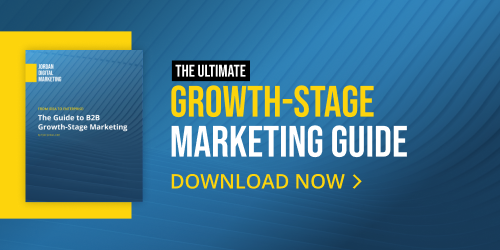Guide to Growing AI Search Visibility: What Marketers Need to Know Now
In October, Google will formally roll out Demand Gen campaigns to all advertisers.
Interested parties with active Discovery campaigns can apply for access now; those who are skeptical about the AI-powered ads should be on alert that they’re going to replace Discovery campaigns by early 2024.
In this post, we’ll put Demand Gen campaigns under a microscope and explain how they work, what’s different about them, and what advertisers need to know before taking the plunge.
How Google’s Demand Gen ads work
Much like Discovery campaigns, Demand Gen ads use machine learning to find users across Google properties. Advertisers can optimize bidding toward conversions, maximized clicks, etc. – pretty much any point in the funnel.
Demand Gen ads give advertisers more tools and placements to create interactive ads in the Discovery feed. Ad types and enhancements include swipeable carousels, short-form videos, image galleries, and improved call-to-action buttons.
Why Demand Gen ads are different
Beyond introducing more creative options, Demand Gen ads open up more opportunities for advertisers to go up-funnel, using bidding objectives like max clicks and improving on GDN measurement by offering a brand and search lift feature (previously only available on YouTube) that will provide advertisers with invaluable insights into how it influences search.
Some advertisers might be even more excited by the fact that lookalike audiences are now available with Demand Gen ads. Lookalike audiences allow an opportunity to jump-start machine learning and reduce wasted spend.
Adding YouTube Shorts to the Demand Gen ad options provides Google Ads users a way to reach users through short-form media, making it more competitive with social platforms like TikTok and Meta. Uniquely, Demand Gen can effectively supplement search marketing efforts, reach audiences on Google-owned properties, and provide search lift insights for holistic optimization.
What advertisers need to know before signing up
Google’s algorithm is going to find the lowest-hanging fruit if you let it. Make sure you’re practicing smart techniques like excluding retargeting audiences from click objectives if you’re running prospecting campaigns, considering whether to include or exclude existing customers, feeding Google offline conversion data that teaches the algo to find higher-quality customers for conversions, and closely assessing impact on search campaigns to find the true incremental impact of Demand Gen campaigns. Another recommendation is to launch with audience expansion disabled and reserve this setting for testing/scaling as you go forward.
Ultimately, I recommend that any advertisers running Discovery campaigns familiarize themselves with Demand Gen’s capabilities ASAP since there will be a mass wave of adoption in October. If you’d like to chat about our early learnings, just drop us a line!
Tags:

Oct 10, 2023 9:30:00 AM



.png?width=500&height=500&name=Regular%20Blog%20Hero%20(14).png)
.png?width=500&height=500&name=Regular%20Blog%20Hero%20(13).png)
-2.png?width=500&height=500&name=Regular%20Blog%20Hero%20(12)-2.png)